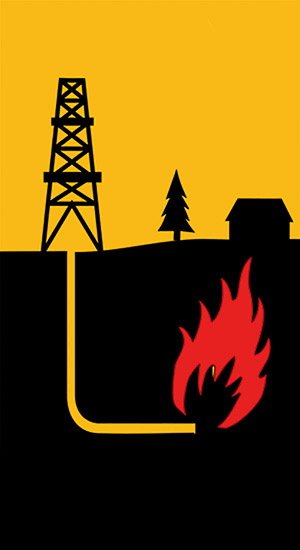 More and more members of the public are becoming aware of the use of Environmental Impact Assessments as part of the planning process - and even before the process begins, as campaigning tools by lobbies in favour or opposed to a development.
More and more members of the public are becoming aware of the use of Environmental Impact Assessments as part of the planning process - and even before the process begins, as campaigning tools by lobbies in favour or opposed to a development.
Nationally, the HS2 proposals have led to a raft of bodies - from wildlife groups and conservation charities to local authorities and business groups - submitting their own ideas on what the EIA should contain and what it should say.
Locally, proposals for the licensing of shale gas extraction have led to prolonged planning hearings and a great deal of emphasis on the environmental issues - put forward by those both for and against the process.
According to the Institution of Civil Engineers: "Environmental Impact Assessments provide local planning authorities with better information enabling them to make more informed decisions about whether permission should be granted and to allow imposition of more appropriate conditions and obligations to mitigate possible negative impacts."
Within that process there lies a specific element of an Ecological Impact Assessment (EcIA). These are a key part of the EIA."
The Chartered Institute of Ecology and Environmental Management - the professional body that represents and supports ecologists and environmental managers - has published guidelines for EcIA The guidelines provide a recommended procedure for the ecological component of Environmental Impact Assessments. They also set standards for the assessment of the ecological impact of projects and plans, so as to improve the consideration of the needs of biodiversity and thereby reduce the impacts of any development."
There is a widespread perception that an EcIA is a tool used by environmentalist to prevent developments. Cynics cite apocryphal stories of developments stalled or even disallowed because of the presence of beetles or newts.
In truth EcIAs have been used in many instances to bring parties together to find solutions. By arriving at an accurate description of what is actually there, a sensible and workable decision can be arrived at.